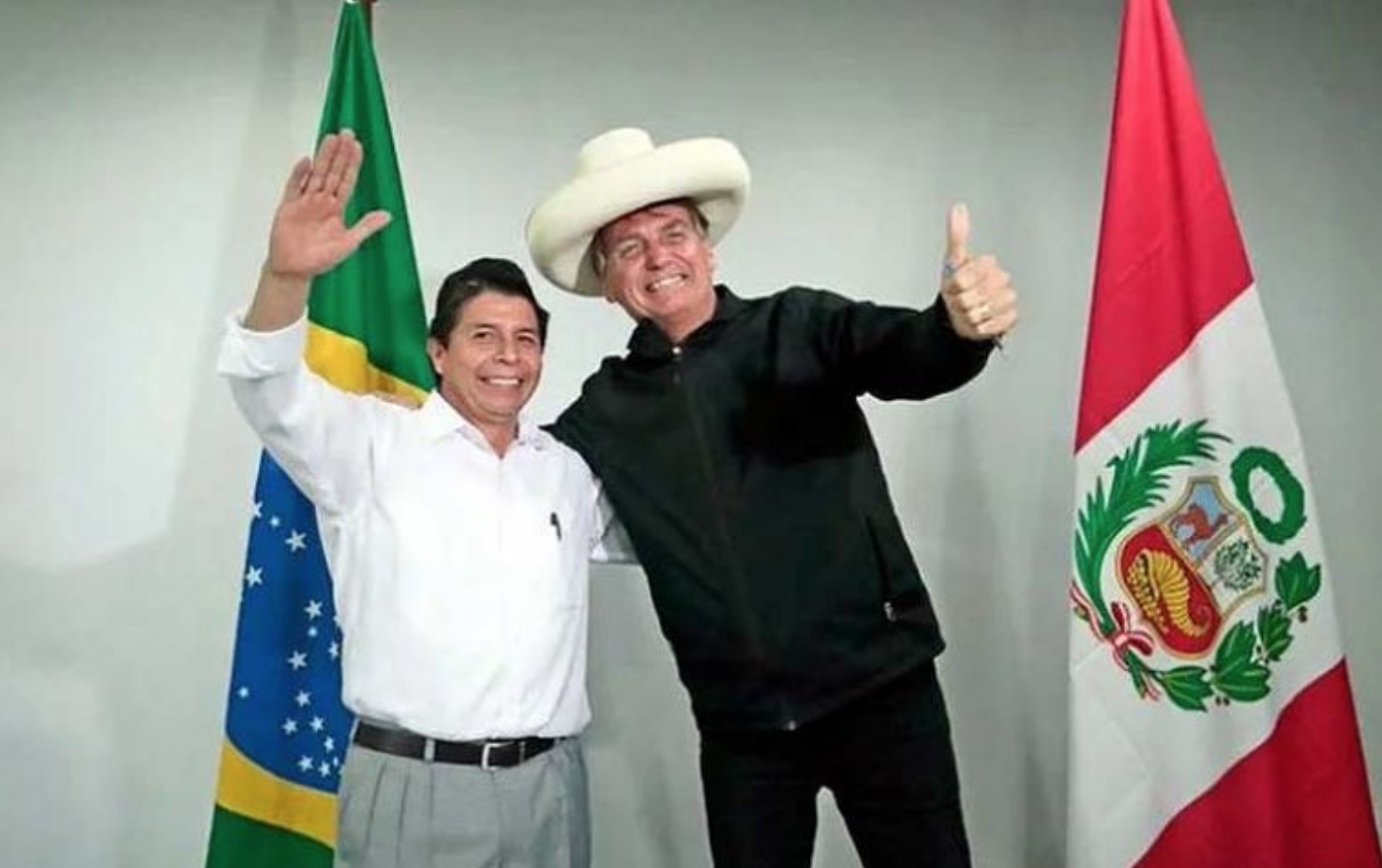At the beginning of the French Revolution, the place occupied respectively by the supporters of royalty and their opponents in the Assembly led, by ease, to the former being called “right” and the latter “left”. More than two centuries later, these labels continue to be used, although with less and less explanatory capacity.
In general terms, those in favor of the preservation of the status quo have been considered “right”, and those who challenge the prevailing status have been considered “left”. But, while the right has been and is identified with values or beliefs such as authority, hierarchical order, militarism, tradition, and even religion, on the left side the contents have undergone an evolution. In particular, on the revolutionary adherence to equality, a proposal for social justice has been elaborated which, in developed capitalism, has generated the so-called welfare state to combat inequality.
In the middle, in a territory available to some issues, others have remained: nationalism, individual rights — headed by freedom —, justice, and the value of work and merit, to mention a few. Right and left — in the plural, help to account for the variety present on each side — resort seriously or opportunistically to the invocation of “the fatherland”, “freedom” or “justice” when they deem it necessary or simply useful.
Liberalism has made the left/right dichotomy more difficult by postulating values such as respect for diversity and discrepancy, which we call pluralism, that cannot be clearly placed in one or the other. Hence, at times, people have taken to speaking of “left-liberals” to differentiate them from liberals centered solely on laissez-faire, laissez-passer, which postulates capitalism is not subject to controls.
Reality has been showing, sometimes tragically, that the categories of right and left are straitjackets in which we are forced to place the positions that, with so many nuances, are developing. Does it explain anything to us to place Eisenhower and Trump in the same pigeonhole? It is more complicated when it comes to placing Stalin, for example: should he be classified as right or left?
Nowadays, the rescue has come to the theory by creating the subdivision “illiberal left”, which in simple terms would be something like a reactionary left. In fact, it is a contradiction in terms that, just to stubbornly maintain the use of the category “left”, is applied to some regimes. This is the case of Eastern European countries, such as Hungary and Poland, whose antiquated orientation is constantly in collision with the European Union.
Latin America and the case of Peru
In Latin America the use of these simplifying categories, from long ago, has not been easy either… and it is becoming less and less so. Was Perón a leftist or a rightist? And if he was from the right, as his impugners say, why did the landowning oligarchy fight him until the military displaced him? In more recent times, was Rafael Correa’s government from the left wing or right wing? The list of characters and their governments that offer resistance to the dichotomous categorization can be extended.
Despite this reality, there are still those who today refer to “leftist governments in Latin America”, including in that box Maduro, Ortega, Boric, Petro, Lula, and even Boluarte, as if they had something in common! As if calling them “leftists” could help us understand their government policies and orientation; in reality, very diverse.
In the case of Peru, the matter is more serious. In the current tangled situation, the right and left sometimes oppose each other, as was supposed to happen. However, nowadays, there are many opportunities in which they converge, sharing the fragments of power they have at their disposal. Thus, last year, both parties agreed on the composition of the Constitutional Court, awarding each other the seats of the Court in order to obtain the necessary majority in Congress for the purpose of appointments, and thus, from now on, whenever necessary, the Court will be at the disposal of those who appointed them. It is the same for other decisions of certain importance.
This convergence of interests is possible not only because of the short-term ambitions of both parties but especially because the so-called left has changed its profile to the point of becoming unrecognizable as such in the Peru Libre Party, which carried the presidential candidacy of Pedro Castillo. In fact, there are political leaders who fight homosexuality, deny gender equality, ignore environmental concerns, reject Venezuelan immigrants who have arrived in the country, and a long etcetera that would make them worthy of the blessing of a bishop of the past.
Are these leaders of the left? If so, then why do they insist on calling them leftists? Today there is only one issue on which, with many differences, different political protagonists could be grouped under this banner: the leading role of the state in the economy. But, strictly speaking, this is not accurate either: in developed world countries, state controls over the economy are much greater than the neoliberal ideologues of capitalism in Latin America would have us believe. In the United States, and even more so in England, state agencies keep a close eye on whether the behavior of large companies is in line with safeguarding the interests of shareholders and consumers.
At first glance, the right-wing sectors seem easier to group together. However, as some cases show, it is not easy to pigeonhole all sectors with conservative tendencies under a single label, just as it is not to group under another label the protagonists today generically called “progressives”.
So, in order to understand different political positions and leaderships: what is the utility of continuing to use the right or left dichotomy? The question remains open to debate.
*Translated from Spanish by Janaína Ruviaro da Silva












